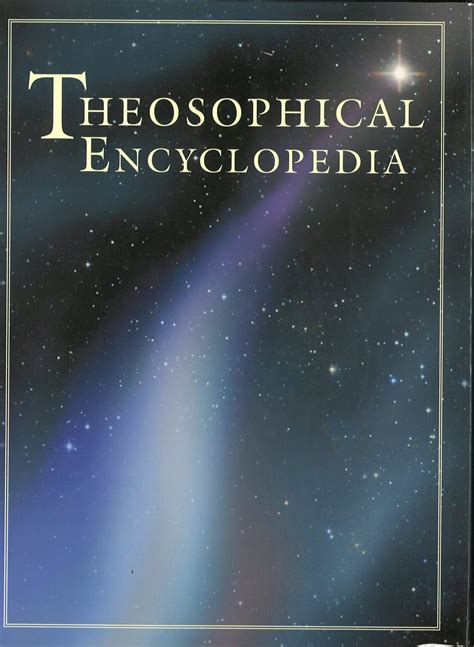The reduction of human remains to ash. It has been practiced for thousands of years particularly in the East, and was introduced into Europe by the Romans in the wake of their conquests. The spread of Christian dogma that insists on the ultimate resurrection of the physical body brought about the gradual abandonment of cremation in Christian countries and saw the introduction of cemeteries in or nearly all centers of population.
In the nineteenth century, civic authorities, faced with the problem of providing land for burial purposes at the taxpayers expense, and fearing the contamination of groundwater, sought to introduce cremation, but met with energetic opposition from the church. In 1883 an attempt by William Price in Wales to cremate the body of his child resulted in legal action against him, but in 1884 a court ruled the practice legal.
Possibly the first cremation in the United States was that of Joseph Henry Palm which took place in May 1876 under the auspices of the Theosophical Society. Theosophy encourages the practice of cremation. It has been held by Charles LEADBEATER that burial or embalming may, in some instances, provide an “anchor” allowing the deceased to prolong his or her stay on the astral plane; cremation, on the contrary, destroys all the “magnetic” property of the remains (The Inner Life, The Theosophical Press, 1922, vol. II, p. 15/16).
P.S.H.
© Copyright by the Theosophical Publishing House, Manila
 This Theosophical Encyclopedia contains all the articles of the printed Theosophical Encyclopedia published by the Theosophical Publishing House, Manila. In addition, new articles that are not in the printed version are continually being added. Many of the articles are also being updated.
This Theosophical Encyclopedia contains all the articles of the printed Theosophical Encyclopedia published by the Theosophical Publishing House, Manila. In addition, new articles that are not in the printed version are continually being added. Many of the articles are also being updated.